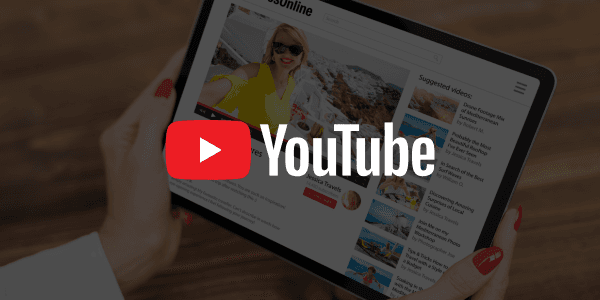YouTube CEO Neal Mohan emphasizes in his annual letter that AI is one of the focal points for 2025. With automatic translation, age recognition, and improved control over AI-generated content, both creators and viewers gain more opportunities. This raises questions: does AI make content creation more accessible, or is YouTube at risk of being flooded with generic AI videos?
More reach for creators with automatic translation
One of the most notable innovations is the expansion of the automatic dubbing tool. This allows YouTube creators to easily translate their videos into multiple languages, enabling them to reach a global audience. This feature will be available this month for all participants in the YouTube Partner Program.
Age recognition and content control with AI
YouTube is also using AI to estimate the age of users. This is intended to help better protect younger viewers and show them age-appropriate content. How this technology works exactly and how errors are corrected remains unclear.
Additionally, AI is being deployed to limit the spread of misleading AI-generated content. YouTube is expanding a pilot program with Creative Artists Agency (CAA), which gives creators more control over AI videos that feature their likeness. The existing Content ID system is also being improved to recognize and manage faces and voices generated by AI.
What does this mean for content creation?
AI tools can make video production more efficient and create new opportunities for creators. At the same time, concerns are growing about the impact of AI-generated content on the quality and originality of videos. YouTube's approach seems to focus on both innovation and protection, but how effective this balance will be remains to be seen.

